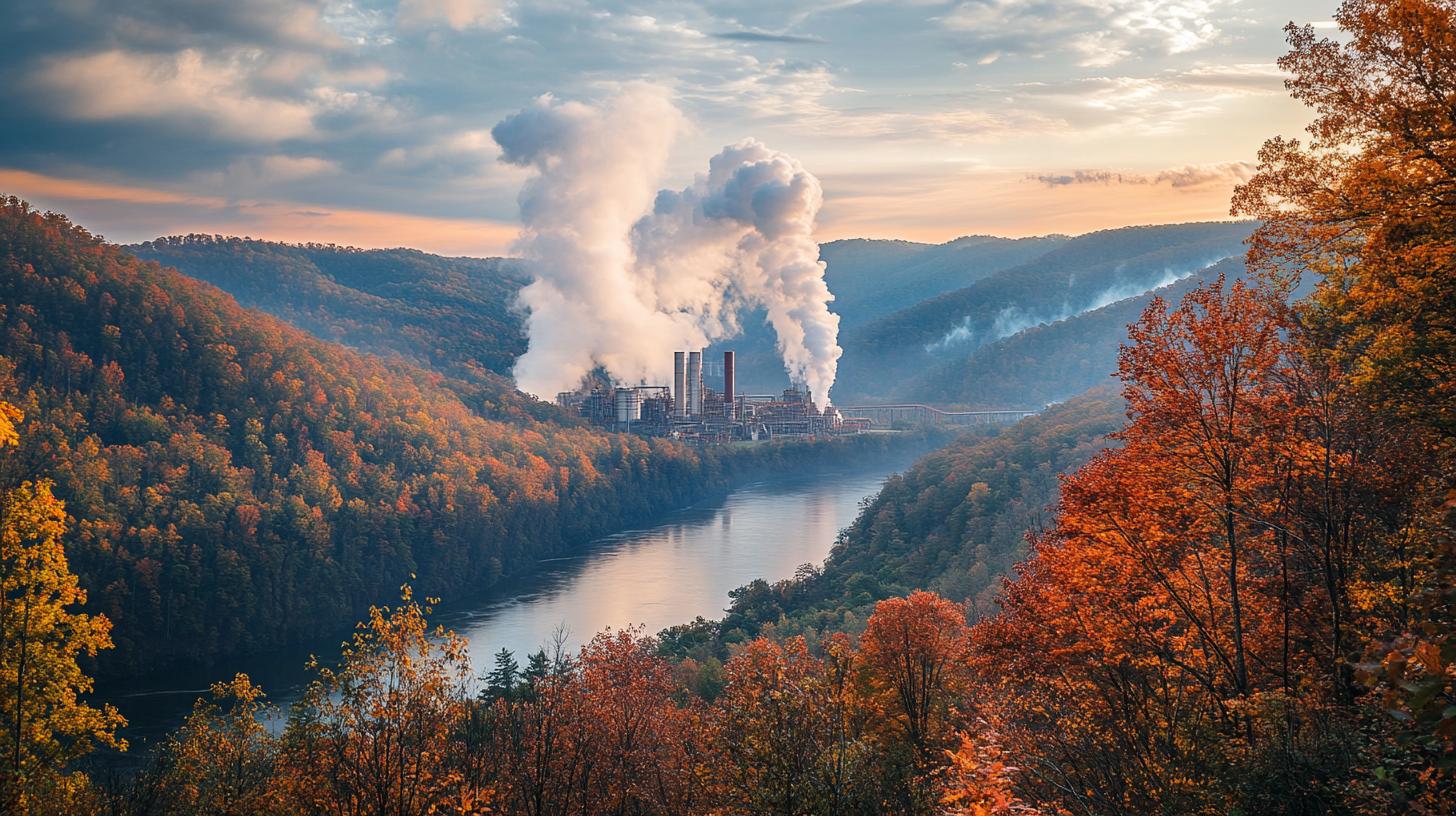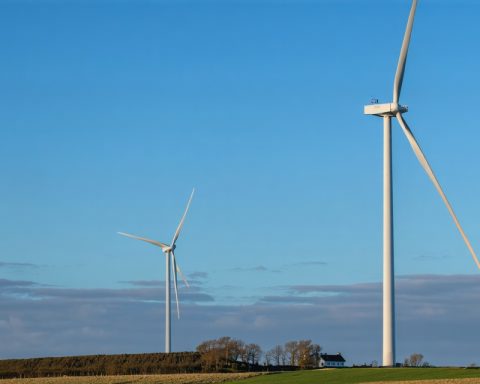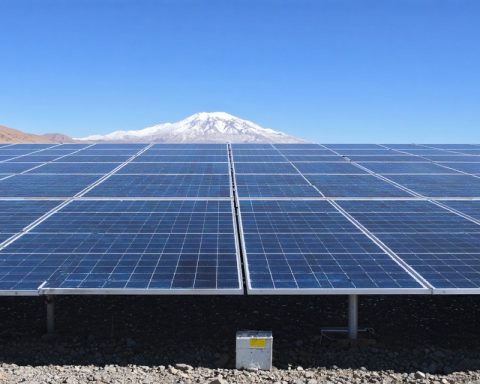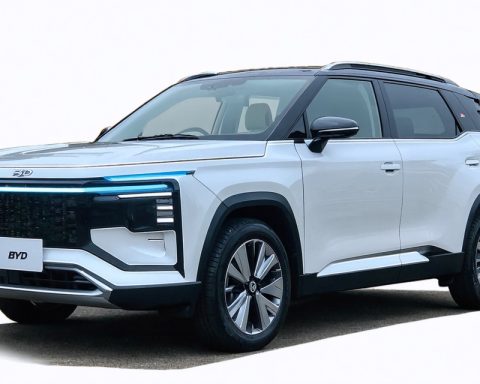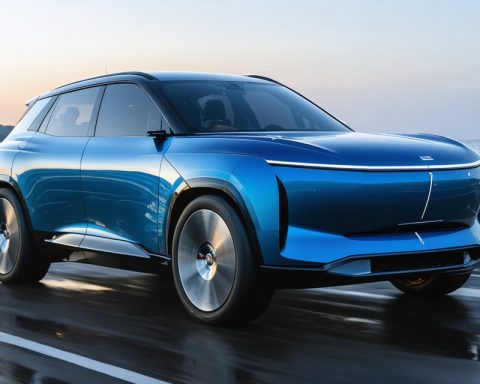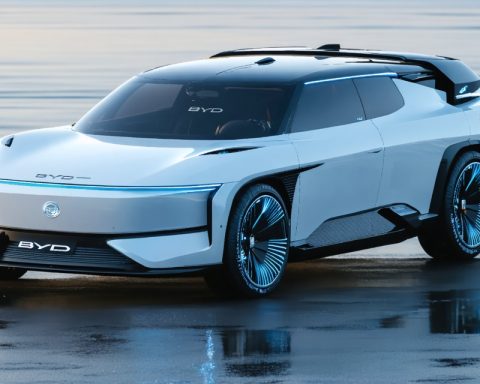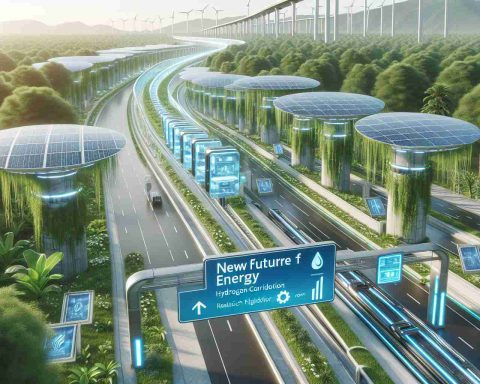The Appalachian Regional Clean Hydrogen Hub (ARCH2) is navigating turbulent waters as it addresses numerous setbacks and strategic withdrawals. Originally hailed as a cornerstone of the Biden administration’s climate policy, ARCH2 is facing a re-evaluation of its prospects amidst financial and developmental challenges. Established across western Pennsylvania, Ohio, and West Virginia, this ambitious endeavor aims to transform the region into a sustainable energy haven, but early indicators suggest a rough journey ahead.
Financial Uncertainty and Industry Doubts
Since its inception, ARCH2 has encountered resistance, losing five out of fifteen proposed projects, with four partners exiting the initiative altogether. A report by the Ohio River Valley Institute indicates concerns about high costs and unpredictable demand cartwheeling many to reconsider. The report mentions that some involved companies grapple with chronic financial instability, and several lack experience in handling such large-scale industrial projects.
Sean O’Leary, in his findings, highlights systemic issues affecting hydrogen ventures nationwide, noting economic aspirations may be dashed by the reality of costly implementation and insufficient backing.
An Adaptive Strategy
In a bid to steer the ship back on course, ARCH2 leaders revealed intentions to scout for up to three new projects in Pennsylvania, West Virginia, and Ohio. This move is part of a broader strategy to replace scrapped ventures and breathe new life into the hydrogen hub concept. Project executives outlined a phased approach for remaining and incoming projects, encompassing initial planning, securing funding, construction, and final operational stages.
Challenges in Policy and Promotion
Additionally, the future seems muddled due to unresolved regulatory clarity surrounding tax incentives. Companies like Chemours have cited this lack of direction as a deciding factor in their withdrawal, expressing commitment to clean energy while stepping back from ARCH2 commitments. The group remains optimistic, however, seeking innovative proposals to pivot its energy portfolio and leveraging up to $110 million in new federal funding.
Despite a fervent start, ARCH2’s journey underscores the financial, strategic, and regulatory labyrinth inherent in actualizing America’s hydrogen ambitions. As the Appalachian dream hangs in balance, stakeholders face substantial challenges in nurturing this beacon of sustainability into a shining reality.
Hydrogen Hopes or Hydrogen Hoopla? The Untold Struggles of America’s Energy Frontier
As headlines shout about the potential of hydrogen to revolutionize the energy sector, the reality on the ground paints a more complex picture. The Appalachian Regional Clean Hydrogen Hub (ARCH2), a crucial piece of the Biden administration’s clean energy puzzle, is facing hurdles that threaten to derail its lofty ambitions. While the struggles of ARCH2 are well-documented, there are aspects and implications scarcely addressed that bear significant impact on the lives of individuals and communities across the involved regions.
The Community Impact and Economic Ramifications
One crucial, underreported consequence of ARCH2’s struggles is its potential impact on local economies and communities. Appalachia, comprising parts of Pennsylvania, Ohio, and West Virginia, has long faced economic hardships and a reliance on industries tied to fossil fuels. The transition to a hydrogen economy was seen as a beacon of hope—a chance to rejuvenate economies, create high-paying jobs, and improve environmental conditions. However, the uncertainty and setbacks are stalling this vision.
Communities anticipated thousands of jobs to accompany the development of hydrogen infrastructure. These opportunities are now on shaky ground, contributing to growing skepticism and frustration among residents who counted on hydrogen projects to replace waning industries. The question looms large: what happens if these promised jobs and economic boosts fail to materialize?
Environmental Concerns and Skepticism
While hydrogen is lauded as a clean energy source, there are controversies surrounding its environmental credentials. A significant proportion of current hydrogen production is from natural gas, resulting in “grey hydrogen,” which still emits substantial carbon dioxide. Transitioning to truly green hydrogen, produced via renewable resources, remains a costly and technologically demanding challenge. Thus, the communities banking on improved environmental conditions might find themselves settling for intermediate solutions that don’t drastically curb emissions.
A genuine worry is whether this initiative will effectively reduce carbon footprints or simply morph into another industry harnessing fossil fuels under a different guise. This raises a pivotal question: Is the pivot towards hydrogen truly about clean energy, or is it about sustaining industrial complexes with minimal operational change?
Challenges in Overcoming Financial and Technical Barriers
Why do companies continue experiencing financial instability, and how might this impact future investments in clean technology? The uncertainty is compounded by the high initial investment costs, lengthy return periods, and market volatility surrounding energy prices. Critically, these financial pressures may deter potential investors and innovative startups, casting a shadow over the region’s clean energy ambitions.
In stark contrast to the sunnier forecasts, a deeper analysis suggests hydrogen’s widespread adoption hangs on overcoming steep financial and technological barriers. America and its energy stakeholders must ask: Are they ready, or capable, of surmounting these hurdles to realize a true hydrogen economy?
Collaborations and Policy Shifts
Despite setbacks, the potential for innovation and collaboration remains. By leveraging governmental support, such as the U.S. Department of Energy’s recent funding pledge, there’s an opportunity for institutional and policy adaptations. Could a shift in regulatory frameworks reinvigorate ARCH2 and other projects? Encouraging innovation through policy, and incentivizing private-public partnerships might hold the key to ARCH2 navigating these turbulent times successfully.
The fate of hydrogen projects in Appalachia isn’t just a tale about energy. It’s a story about economic revitalization, environmental integrity, and technological transition. As the clock ticks, the world watches to see whether ARCH2 will herald a new era, or become a cautionary tale in the intricate journey toward a sustainable future.
For more insights into the dynamic world of clean energy and related technologies, you can visit U.S. Department of Energy for further reading.
